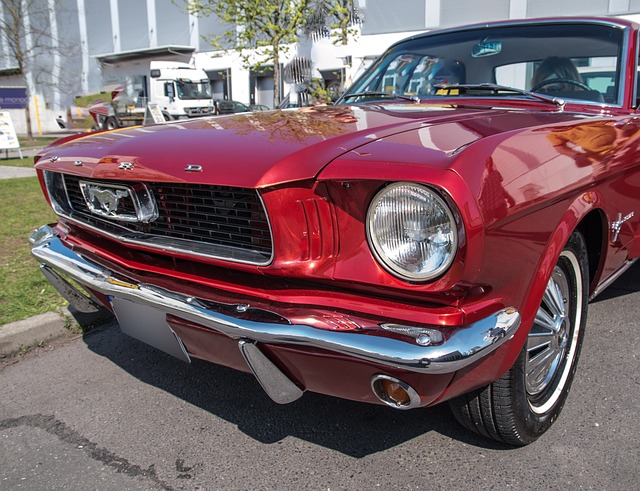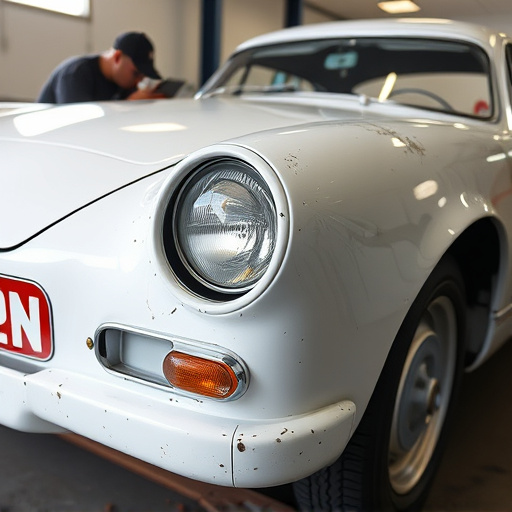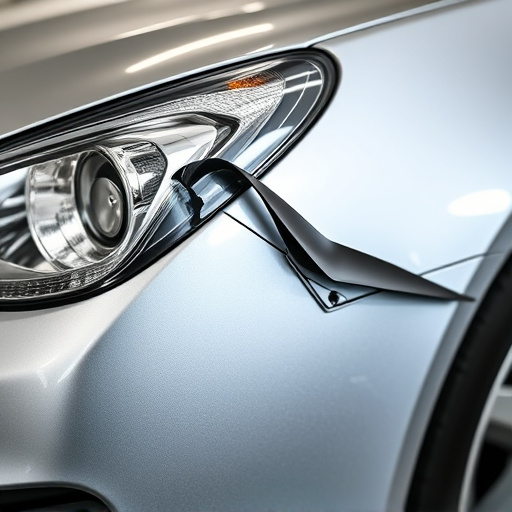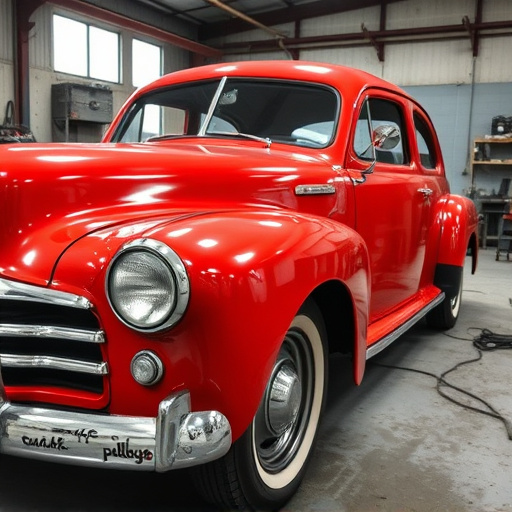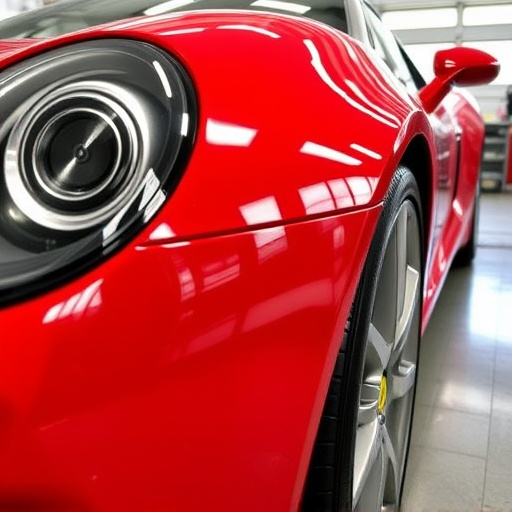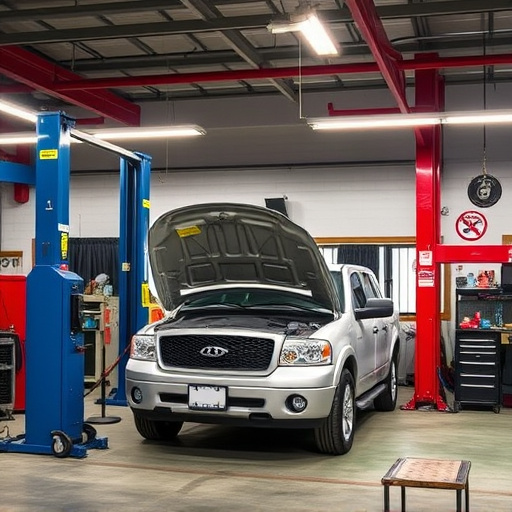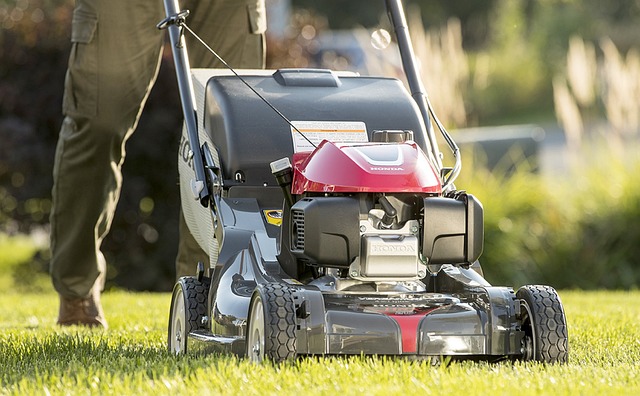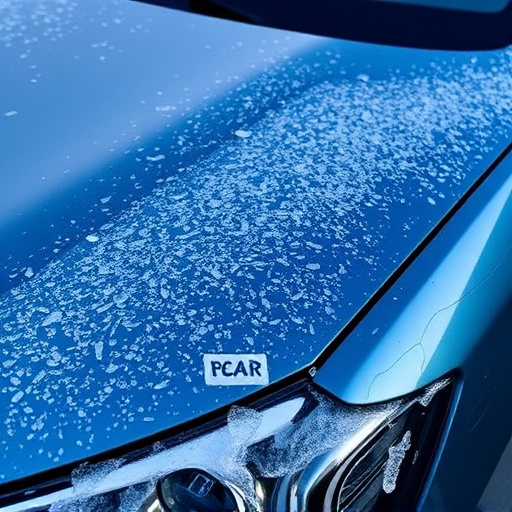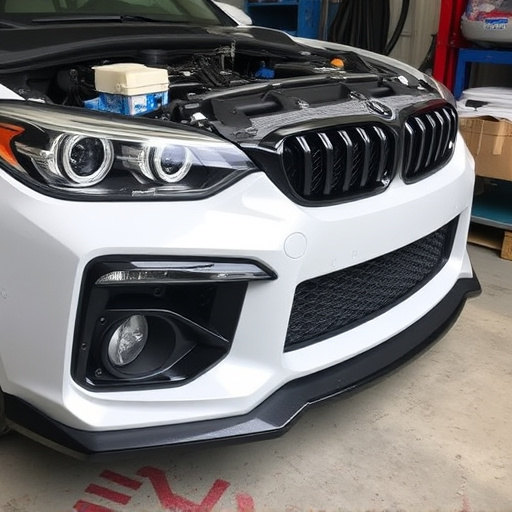Mercedes collision warranty transfer policies allow buyers of used Mercedes-Benz models to take advantage of existing warranties, covering high-quality repairs like auto glass replacement without incurring substantial out-of-pocket costs, based on conditions like vehicle age and prior collision repair history. Eligibility requires specific collision damage, assessed by certified specialists, leading to 'like-new' restoration. Transferring the warranty involves understanding age, registration, and insurance criteria, with paperwork handled through local dealerships or service centers. Organized records ensure seamless transfers and continued coverage benefits for Mercedes collision warranties.
“Mercedes owners often wonder about the possibility of transferring their collision warranties under specific conditions. This comprehensive guide explores Mercedes’ collision warranty transfer policies, unveiling the eligibility criteria and practical steps involved. Whether you’re planning a vehicle sale or lease upgrade, understanding these policies is crucial. Learn how to navigate the process seamlessly, ensuring peace of mind for your investment in a Mercedes-Benz.”
- Understanding Mercedes Collision Warranty Transfer Policies
- Eligibility Criteria for Warranty Transfers
- Navigating the Process of Transferring a Collision Warranty
Understanding Mercedes Collision Warranty Transfer Policies
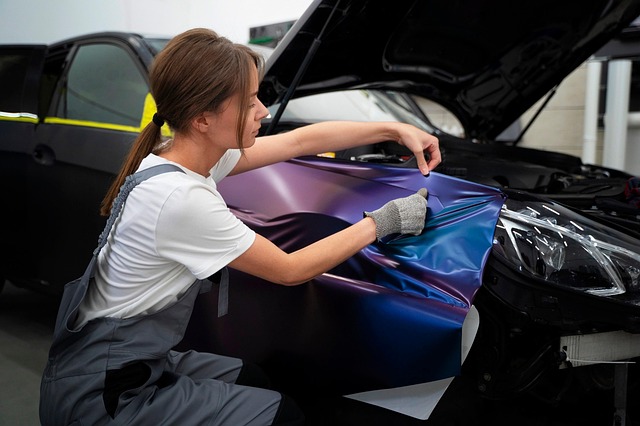
Understanding Mercedes Collision Warranty Transfer Policies
Mercedes collision warranty transfer policies are designed to provide peace of mind for owners when facing vehicle repairs. These policies allow certain qualified buyers to take advantage of an existing collision warranty, making high-quality vehicle repair services more accessible and cost-effective. This is particularly beneficial for those purchasing a used Mercedes-Benz that has been involved in a previous collision, ensuring that essential repairs like auto glass replacement or mercedes benz repair are covered without incurring substantial out-of-pocket expenses.
The transferability of the warranty depends on specific conditions, including the vehicle’s age and whether it has been previously repaired for collision damage. By understanding these policies, buyers can navigate the process seamlessly and leverage the benefits of a strong warranty to access top-tier mercedes benz repair services when needed.
Eligibility Criteria for Warranty Transfers

When considering a Mercedes collision warranty transfer, understanding the eligibility criteria is key. To be eligible for this process, the vehicle in question must have undergone specific types of damage as a result of a collision. The initial assessment by a certified automotive collision repair specialist determines whether the repairs meet these standards. Typically, this includes structural damage or significant cosmetic issues such as dent removal, where the original warranty no longer covers repairs.
The transfer is designed for vehicles that have been involved in minor accidents and require repairs categorized as ‘like-new’ restoration rather than major reconstruction. This ensures that the vehicle’s original warranty can be extended while maintaining its value post-collision. For instance, a Mercedes model with minimal frame damage and no structural compromise could be a candidate for a transfer, allowing the owner to benefit from continued manufacturer support during vehicle collision repair processes.
Navigating the Process of Transferring a Collision Warranty

Transferring a Mercedes collision warranty can be a complex process, but with the right guidance, it’s manageable. The first step is to understand the specific conditions under which the transfer is allowed. This typically involves checking the manufacturer’s guidelines and ensuring that the vehicle meets certain criteria, such as being within a defined age range and having valid registration and insurance. Once these conditions are met, owners can initiate the transfer process by contacting their local Mercedes-Benz dealership or authorized service center.
The dealership will provide the necessary paperwork and instructions for transferring the warranty to a new owner. This often involves filling out forms detailing the vehicle’s history, including any previous accidents or auto body services performed. After completing these steps, a new policy can be issued in the name of the buyer, ensuring they’re protected under the Mercedes collision warranty. It’s crucial to keep all records and documents organized throughout this process for seamless transfers and continued coverage benefits.
When you’re navigating a car accident and the subsequent repairs, understanding your Mercedes collision warranty transfer options can provide peace of mind. By adhering to the eligibility criteria and smoothly transferring your warranty under specific conditions, you ensure continued protection for your investment. This guide has outlined the policies, criteria, and process, empowering you to make informed decisions regarding your Mercedes collision warranty.
